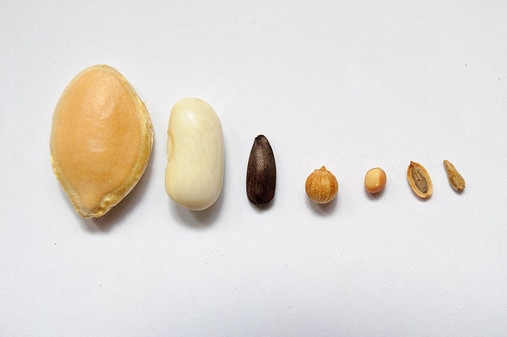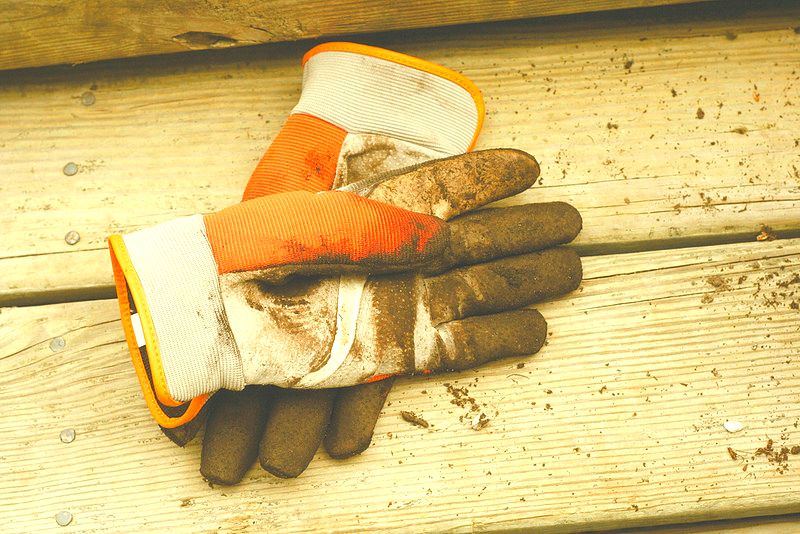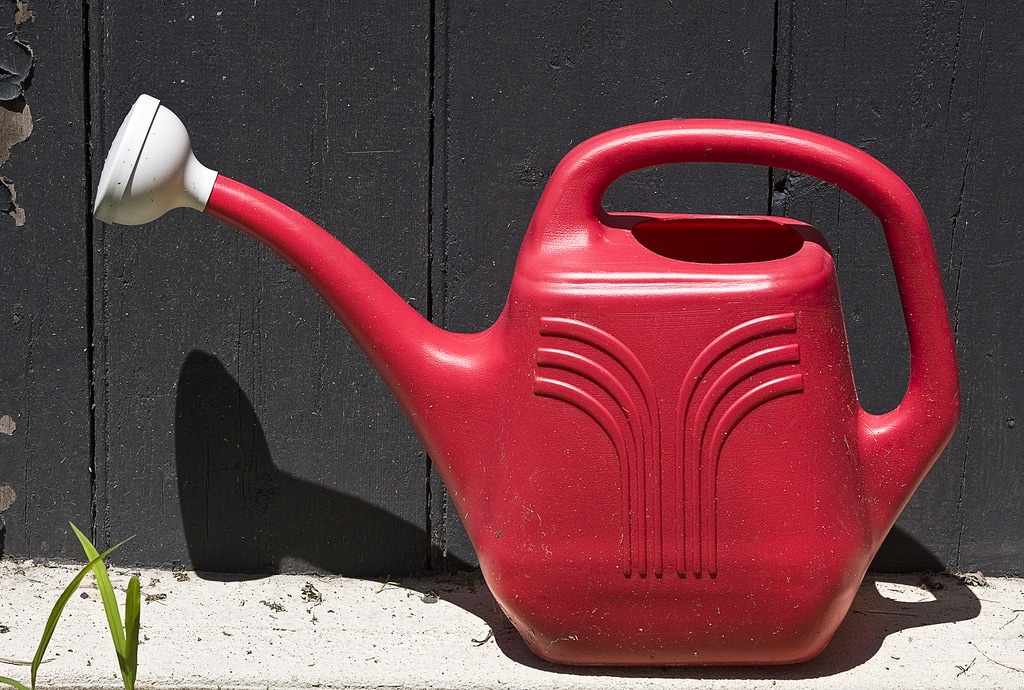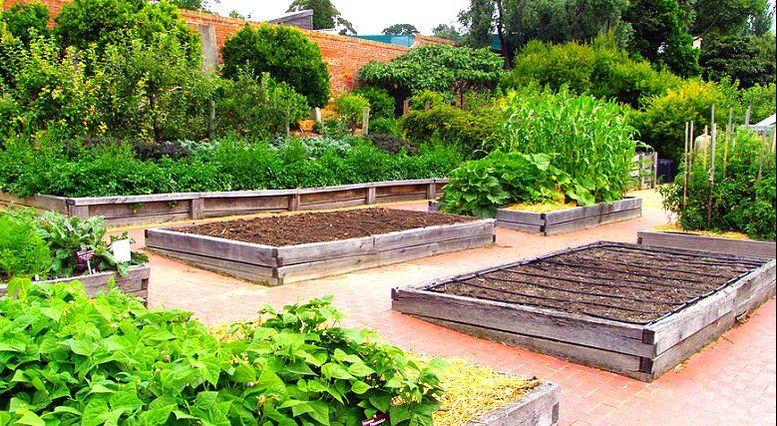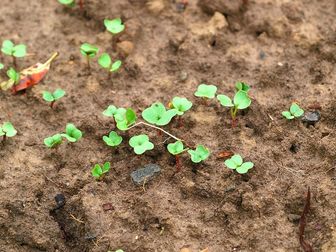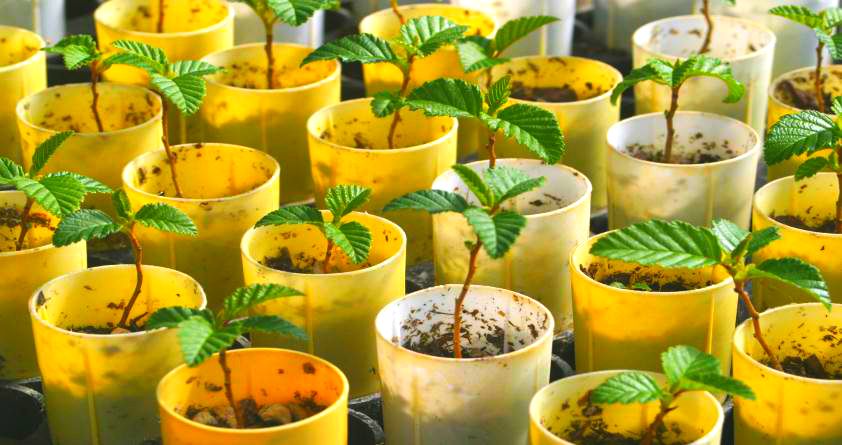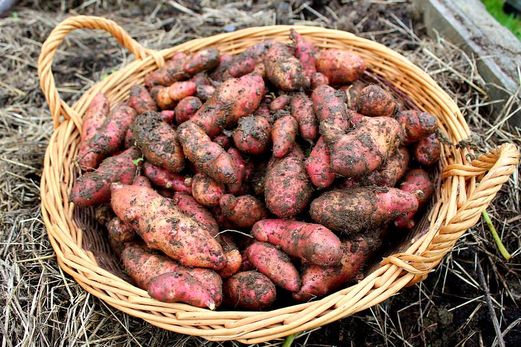GARDENING BASICS
Like everything else related to long-term survival after disasters, it’s best to have experience with gardening BEFORE things go wrong.
If you’re already a gardener you’re probably not going to read this section, I guess. But if you are, and you have advice to share, please comment at the end of this section!
WHAT DO YOU NEED?
Seeds
Like everything else related to long-term survival after disasters, it’s best to have experience with gardening BEFORE things go wrong.
If you’re already a gardener you’re probably not going to read this section, I guess. But if you are, and you have advice to share, please comment at the end of this section!
WHAT DO YOU NEED?
Seeds
- Purchase at your local feed store, online or by catalog
- Have on hand: Non-GMO seeds stored in a vacuum-packed bag in the freezer
- “Seed vaults” are available online containing a variety of fruit/veggie seeds
Tools
Moist, well-drained soil
At least 6 hours of sunlight per day
Close to a water source
- Round-headed shovel
- Japanese gardener's knife (or “hori-hori”)
- Shears
- Hand pruner
- Transplant spade
- Gardening gloves (latex-coated cotton, heavy-duty leather)
- Leaf rake
Moist, well-drained soil
At least 6 hours of sunlight per day
Close to a water source
GETTING STARTED
Prepare your garden area
Prepare your garden area
- Prepare the soil
- Till/loosen soil at least 6 inches deep – use a tiller or hand dig
- Add organic matter/compost if your soil is sandy, rocky, or contains a lot of clay
- Row cropping
- Decide how large an area you want to clear
- 10 x 10 foot garden with good soil can produce a lot of produce
- Raised beds
- Good for areas with poor drainage
- You can bring in good soil
- Easier to work (less bending over)
- Containers
- Can be used on rooftops, balconies, small yards
Plant your seeds & starts
- Follow directions on the seeds RE: depth, nighttime temperatures, spacing
- some can be started indoors, others should wait until all risk of frost has passed before being sown outdoors.
- Purchase plant starts
- These are more expensive, but will produce earlier than seeds sown directly
- Keep track of where you planted your seeds (keep a garden log)
Care for your garden
Harvest at the right time
Keep track of your harvest:
- Water regularly (usually every other day)
- You can fertilize OR you can apply organic compost once per growing season
- Weed and watch for pests
- * There are natural ways to treat for aphids, caterpillars, etc. (give examples)
- Support plants that need it (trellises for peas and beans, cages for tomatoes, stakes for sunflowers)
Harvest at the right time
- Too small/too green: bitter/tart/poor flavor
- Too big/too old: too much water, not enough flavor, over-ripe
- Try one before you pick them all!
- Some plants are ripe for a long time and keep producing
- * snap peas, green beans, strawberries, lettuce, kale, carrots, rhubarb
- Some plants ripen within a few weeks (cherries, plums, melons, tomatoes??)
Keep track of your harvest:
- How much (by weight)?
- When harvested?
- Any lessons to remember?
Please check out my blog post (Growing Food at Home - Anyone can do it!) for information about gardening in small spaces and recommended plants for areas with different amounts of sun exposure!
